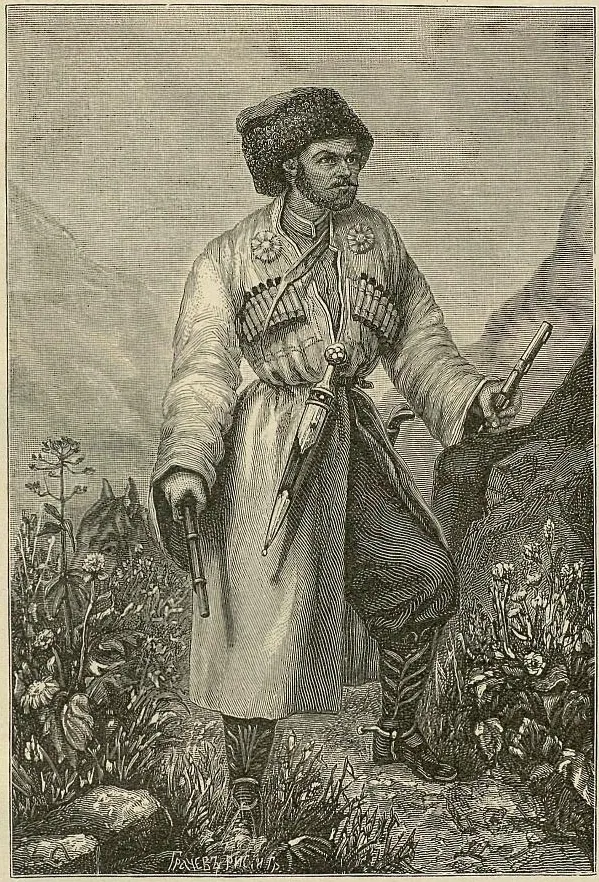



The Republic of Dagestan is a member of the Russian Federation. Dagestan is in the Northern Caucasus along the Caspian Sea. Prior to being a part of the Russian Empire, Dagestan was a territory of Iran prior to being ceded to Russia following the Russo – Persian war of 1813. During the Russian Civil war, Dagestan was temporarily independent but was quickly reconquered by the Bolsheviks following the defeat of the White Army. Following the Collapse of the Soviet Union, the neighboring republic of Chechnya saw a rise in militant Islamic separatists. Following the first Chechen War, in 1999 Chechen separatists invaded Dagestan with an intent of removing Russian forces from the region. This war lasted until 2009 and resulted in over 60,000 deaths, mostly composing of civilians.
Inspired by keeping their boys out of war, many parents started enrolling their sons into wrestling and sambo classes. Throughout the Soviet Union, the Soviets were always excellent wrestlers and the style of wrestling in Dagestan has a direct link to the Soviet Union. So far, this push to keep they sons away from Militant Islamic groups has resulted with 19 current UFC fighters from Dagestan and two world Champions, including the undefeated fighter, Khabib Nurmagomedov. This rapid success of Dagestan in the UFC has led to even more growth of MMA training in Dagestan. Dagestani fighters are known for their highly intensive training regimens and superior wrestling in the UFC.



Mount Bazardüzü, the tallest peak in Dagestan, reaches 14,652 feet and marks the border between Dagestan and Azerbaijan. As part of the Greater Caucasus range, it exemplifies Dagestan's diverse geography of towering mountains and deep valleys.
This mountain is a cultural icon in Dagestan, symbolizing strength and endurance. It features prominently in local folklore and is a sought-after destination for climbers and adventurers, reflecting the deep connection between the Dagestani people and their rugged landscape.
Mount Bazardüzü is translated as "market square" and was a reference to the large, multinational bazaars held during the Middle Ages in the Shahnabad Valley.
Mount Bazardüzü encapsulates the essence of Dagestan's geography. From coastal plains to high peaks, the region's varied terrain supports a rich cultural tapestry and natural beauty.

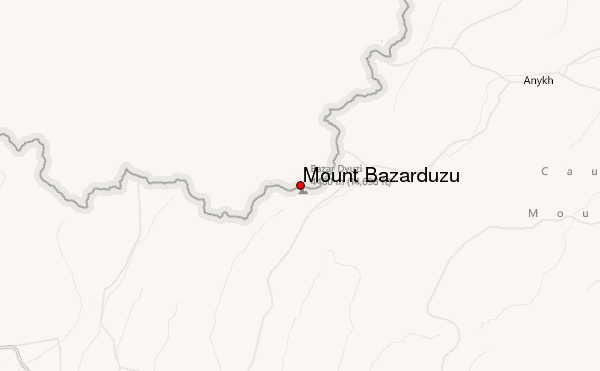

The Muslim religion holds a profound importance to the Dagestani people and is illustrated by the erection of the Yusuf Bey Jami. Constructed in 1998, the mosque serves as a place of worship for the citizens of Makhachkala and people throughout the country. As of today, the consensus is that the Dagestani region’s Muslim population is currently sitting at 90 percent, which is anywhere from 2.5 to 3 million people. As a result of such a high proportion of Dagestani people coming from a Muslim background, it is essential to note the significance of religion in their everyday life. The Yusuf Bey Jami is a centerpiece of the Muslim faith in the region, and it has the ability to accommodate over 17,000 worshipers. Turkish backing funded the construction of this grandeur Mosque, modeled after the famous Sultan Ahmed Mosque, built during the Ottoman Empire.
The Yusuf Bey Jami is supposed to provide a symbol of peace and harmony throughout the region, connecting them with the rest of the world, but this is not necessarily the case. Throughout recent history, historical violence and extremist atrocities have plagued the Dagestani region. Just recently, there were terrorist operations targeting synagogues and churches within Makhachkala city, killing 20 people. The Kremlin has condemned these atrocities but tells the tale of historically violent religious discrimination in Dagestan.
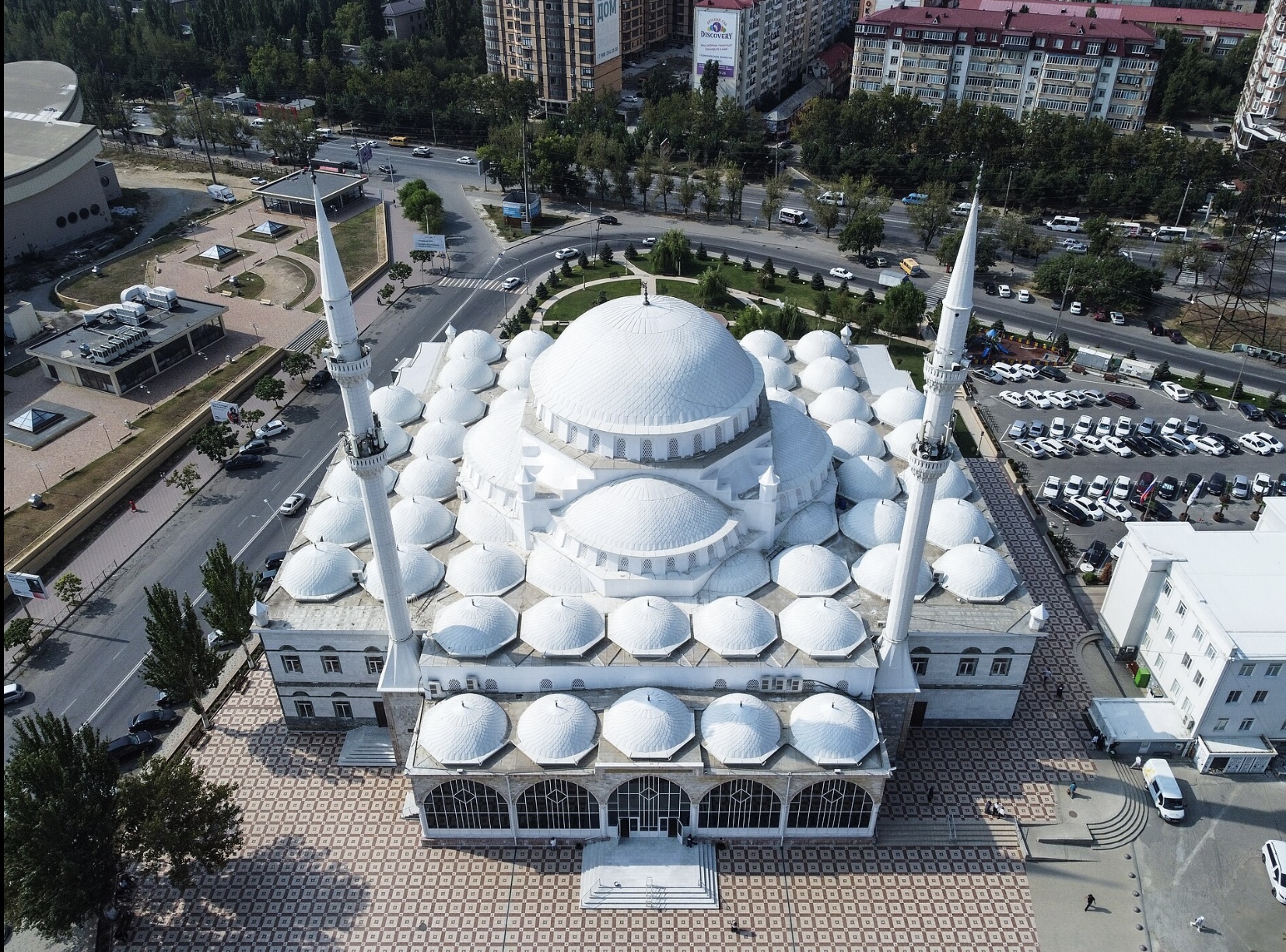
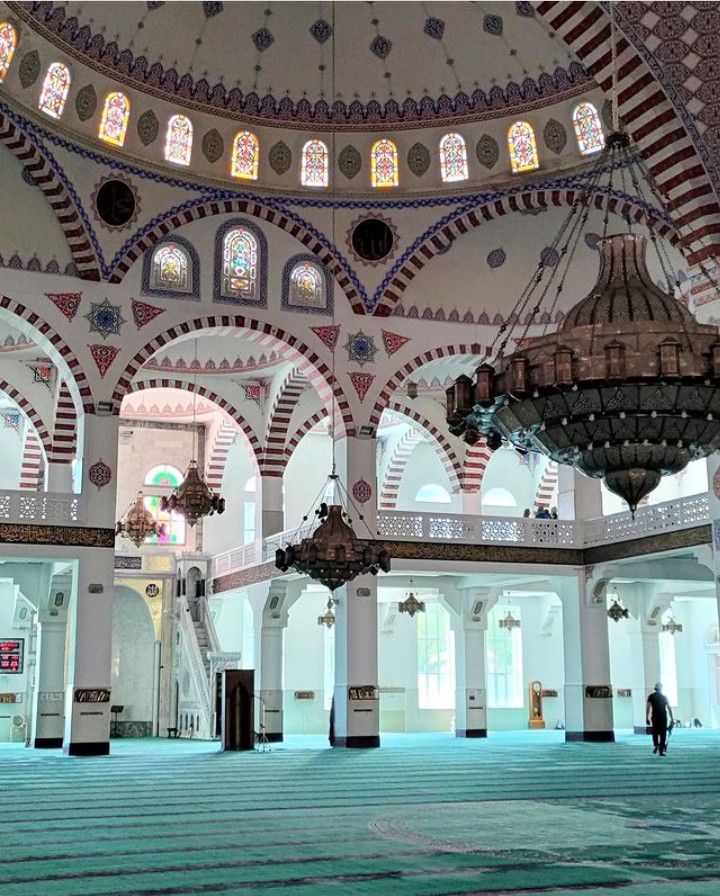
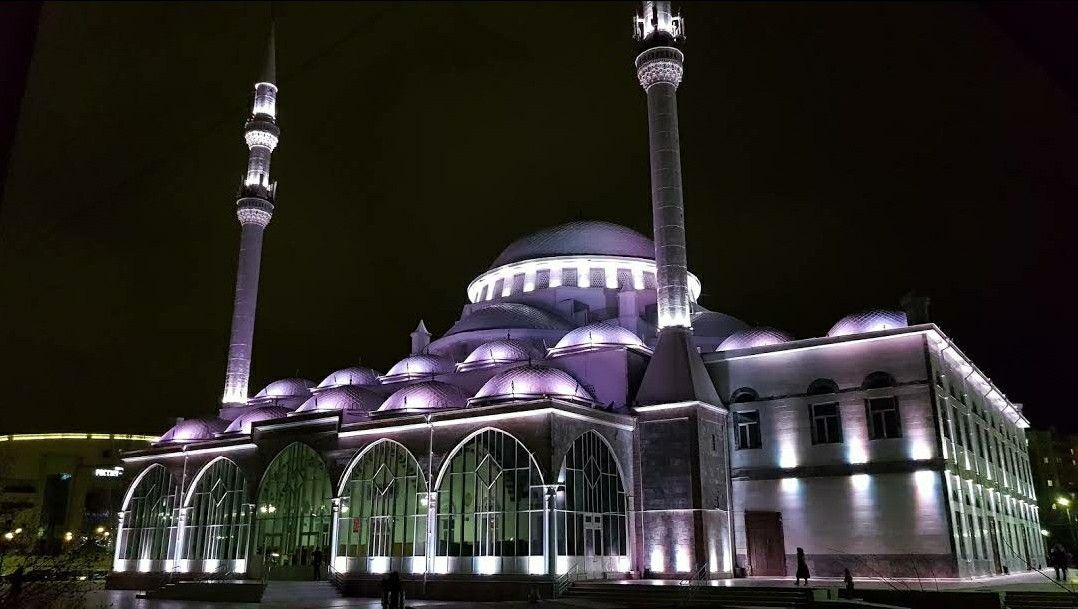
Hadji Murad was a prominent leader during the Caucasian War (1811-1864) against the Russian Empire. His exploits and bravery earned him the nickname “the Red Devil” from the Russians due to his exploits and distinctive red dress.
He eventually defected back to the Russians, hoping to gain support to rescue his captive family and strike against his former allies. Despite initial praise and honors from the Russians, including a brief period of relative freedom in Azerbaijan, he faced continual mistrust and lack of decisive assistance. In 1852, during an attempted escape from Russian custody, he was killed by Russian forces. His severed head was sent to St. Petersburg as a trophy, sparking ongoing efforts by his descendants and activists in Dagestan to reunite it with the rest of his remains.
Hadji Murad's heroism, and shifting allegiances inspired Leo Tolstoy's to write a book about him. The novel, titled "Hadji Murad", was posthumously published book in 1912. It is a partially fictionalized account of Murad's struggle with the Russian Empire.
